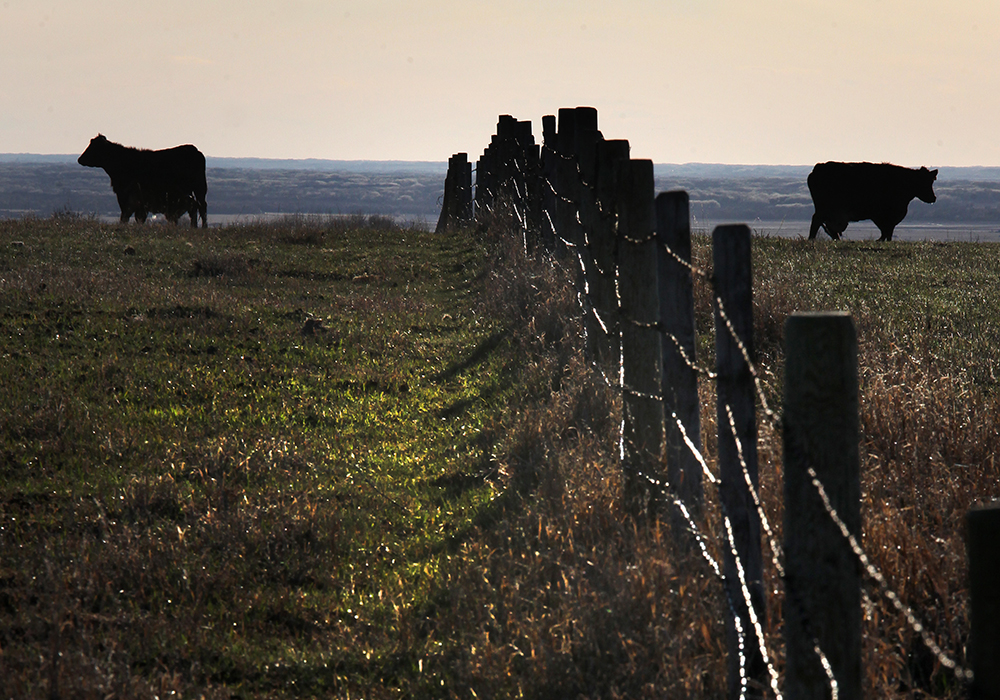Cattle producers on the eastern prairies are running on financial fumes, trying to ease themselves over the last little bit of a mountain of woe, looking forward to coasting downhill into a better year.
“We are in very tight times,” said Tyler Fulton, a southwestern Manitoba cattle producer and president of Manitoba Beef Producers.
“This fall we’re hoping is a watershed moment and a turnaround point.”
Most of the Prairies suffered drought in 2021, leaving cattle producers struggling to manage pastures, put up enough hay and find feed to carry their herds through the 2021-22 winter and spring. But large parts of southwestern Manitoba and almost all the Interlake were so extremely dry that virtually no hay could be produced and pastures were reduced to crunchy grasshopper habitat.
Read Also

Government support for Canadian farmers has plummeted
Subsidies in Canada were 30 per cent of gross farm receipts in 1980s and are now around eight per cent
The drought was so widespread that these farmers couldn’t find feed anywhere nearby, and whatever they could bring in from outside came with extremely high prices, heavy transportation costs and often poor quality.
Some farmers had to liquidate their herds. Some farms failed under the unbearable financial hardship.
Thousands of farmers moved underweight calves early, into beaten-down markets, forced to cash in their investments at prices that locked them into another year of struggle.
A long winter was followed by a harrowing spring, in which many calves were lost to blizzards, saturating rains and exposure.
Cattle producers limped through as best they could, getting their herds out onto the pastures and playing for financial time as hay and feed crops recovered.
Now, for those who have survived, the fall calf run is promising to bring some stability back to the herds and finances on thousands of farms.
So far, the prices look great compared to last year’s fire-sale situation. Drought in the United States has reduced herds there and created a steady flow of Canadian cattle into American markets. Adequate feed on the eastern Prairies should keep feed prices affordable relative to farmers in still-droughted areas.
Fulton said farmers are keen to see their situation reverse as the fall run commences.
“This is the first time we’ll see some significant revenue. There’s a lot of optimism about what the revenue is going to look like this fall,” said Fulton.
For him, the market is already showing that it once more appreciates calves and will pay for them, after snatching up so many discounted animals last fall.
“The yearlings we sold today brought more money (per pound) at 900 pounds than what they would have brought last fall at 500 pounds,” said Fulton.
Still, for thousands of producers, there will be weeks more of financial stress before fall sales start filling in the financial deficit created by the brutality of the drought. The signs are good, but the better reality is still a little way off.
















